In his book, “Look into the Stillness: A Spiritual Journey through Inspirational Quotes”, Donald L. Hicks argues, “It’s often been said that seeing is believing, but in many cases, the reverse is also true. Believing results in seeing.” Beyond doubt, all that is seen is not true — many times we are deceived by our preconceived thoughts too.
The television media plays a central role in informing the public about what happens around us — particularly in those areas in which audiences do not hold direct information or involvement. However, many of the contemporary television news channels have taken a specific orientation, thus promoting predisposed views. In this era of Satmass Media, these channels act prominently in the decision-making process as a medium of heuristics.
In general, the simple and efficient rules that people often use to form judgments and make decisions are called heuristics. They are perceptual shortcuts that usually involve congregating on one aspect of a complex problem and ignoring others. In most of the situations, the exertion of these rules goes very well. Nonetheless, they can lead to systematic deviations from logic, probability or a framework for understanding and formally modelling social and economic behaviour. This results in a systematic pattern of deviation from norm or rationality in judgment known as cognitive biases. Such errors have been shown to affect people’s choices in the state of affairs involving decision-making. Heuristics usually govern automatic, intuitive judgments but can also be used as deliberate mental strategies when working from limited information such as getting exposed to a particular television news channel that takes a sanitary lean towards a particular viewpoint.
Heuristics in Decision-Making
In the expanse of public affairs, the more accessible information is the information that is more recently or more frequently conveyed by the mass media. All such effects of news coverage as the effects of news coverage on issue salience, evaluations of important news, and attributions of issue responsibility could be attributed to the accessibility bias in public opinion.
There are numerous perspectives on heuristics. According to one particular perspective, without being too hard on the brain’s capitals, heuristics are adequate to achieve most purposes. Another conjectural standpoint sees heuristics as fully rational — they are quick and almost as accurate as more complicated procedures, despite their lack of complete information.
Palpably, every leadership do regularly receive so much information. There has been a debate on the issue concerning the behavioural attitudes of the leading front — if they use the information they receive to arrive at a comprehensively rational decision or just like any common individual they resort to cognitive heuristics in their judgment and decision-making. However, these people both follow and unfollow the heuristics in their decision-making processes. It is due to the experience, and the selection processes preceding their appointment, that the information processing, which is undertaken by them, is more rational than that of a common man. Even so, it is a proven fact that these elites also use heuristics in their judgment and decision-making.
Repeated Exposure to Television News
Through the recurrence and reinforcement of particular messages, especially through the television medium, a strong influence could be exerted in the negotiations of beliefs and associated behaviours. A case study undertaken by the author found that a relationship between the prior exposures to information has a major impact — often related to the strength of attitude, on the subject and the degree to which the information wedged on beliefs and opinions.
The masses who had been least exposed to the repeated television news analysis were most open to adjusting their views and conversely, those who arrived at the groups with the most exposure were least likely to have their opinions changed by the new information.
Indubitably, television news channels have also transformed the way any sensational news is wrapped up. Unlike the traditional entertainment channels that have a stipulated time slot for news presentations, the round-the-clock news channels have ample time for the news being telecasted. With large amounts of time to fill, these channels have introduced analyses by spin doctors and talking heads to fill their schedules. Spin doctors are usually paid professionals working to promote something; they try to spin the news in favour of their point of view. On the other hand, the talking heads, the experts independent of someone’s control, typically take a particular side and offer their take on recent developments.
The admiration of these analyses has become very popular among the masses. The approval of the masses has forced much of the actual news, like speeches or news conferences with celebrities, to be reduced to mere sound bites. In addition, the approval of news analyses has also forced the news channels to develop some simple and efficient rules to form judgments and make decisions for the audience. Thus, the news and news analyses being aired on television have turned into typical heuristics. More so, as these audio-visual analyses have a hidden purpose; the panel members being invited for the discussions as well as the time being allocated to some particular panel members has become more impervious than normal — the entire background setup of news analyses is no more transparent.
Looking at inclinations like the aforementioned trends, many media analysts have criticised television media for muting down the dogmatic discourse. Also, in recent years, savvy advisers have taken advantage of the power of television; spin doctors and the talking heads to get their inclined messages across — thus designing suitable heuristics.
In conclusion, the information that people are prearranged in media channels can legitimise powerful actions and ease changes at the collective level. However, they can also edge and shape the behaviours of individuals which are central to extensive social change — one such important fact is television news acting as heuristics. Whether it is for the good or bad, heuristics are being guided through the mere remote control of a television set.
-Dr. Suman Kumar Kasturi






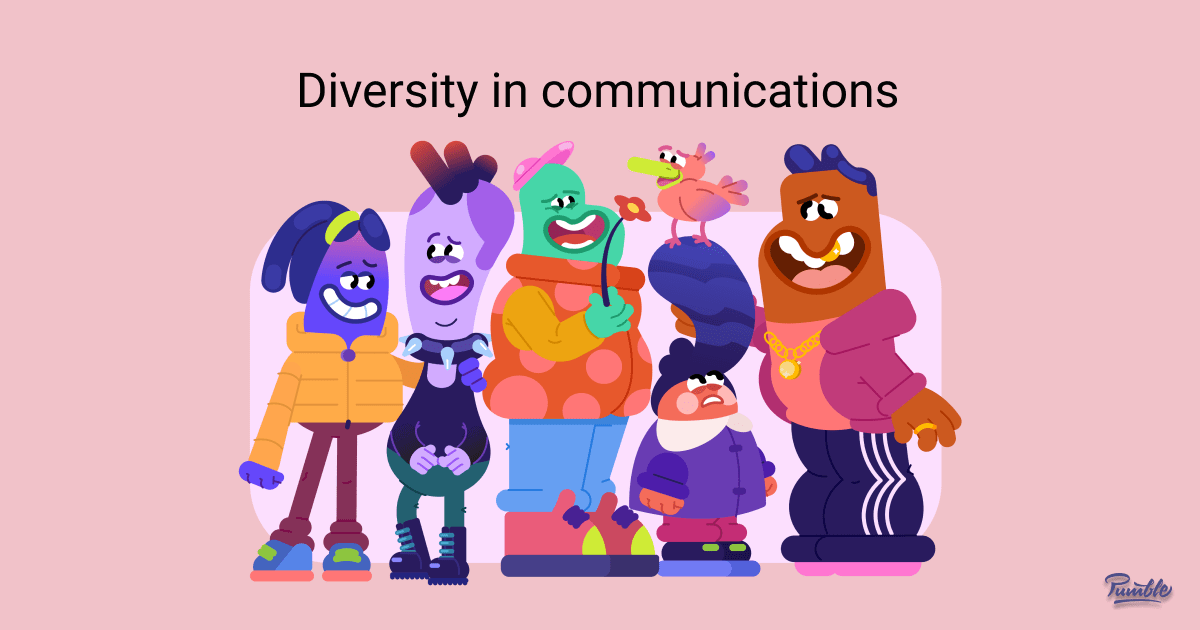



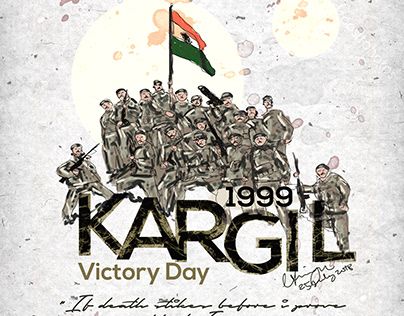



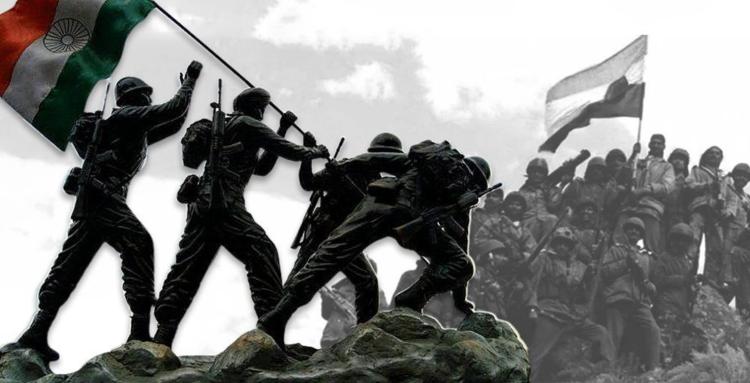







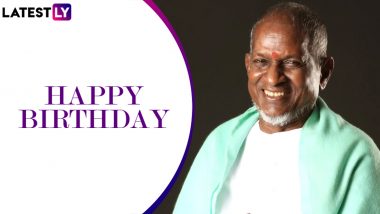
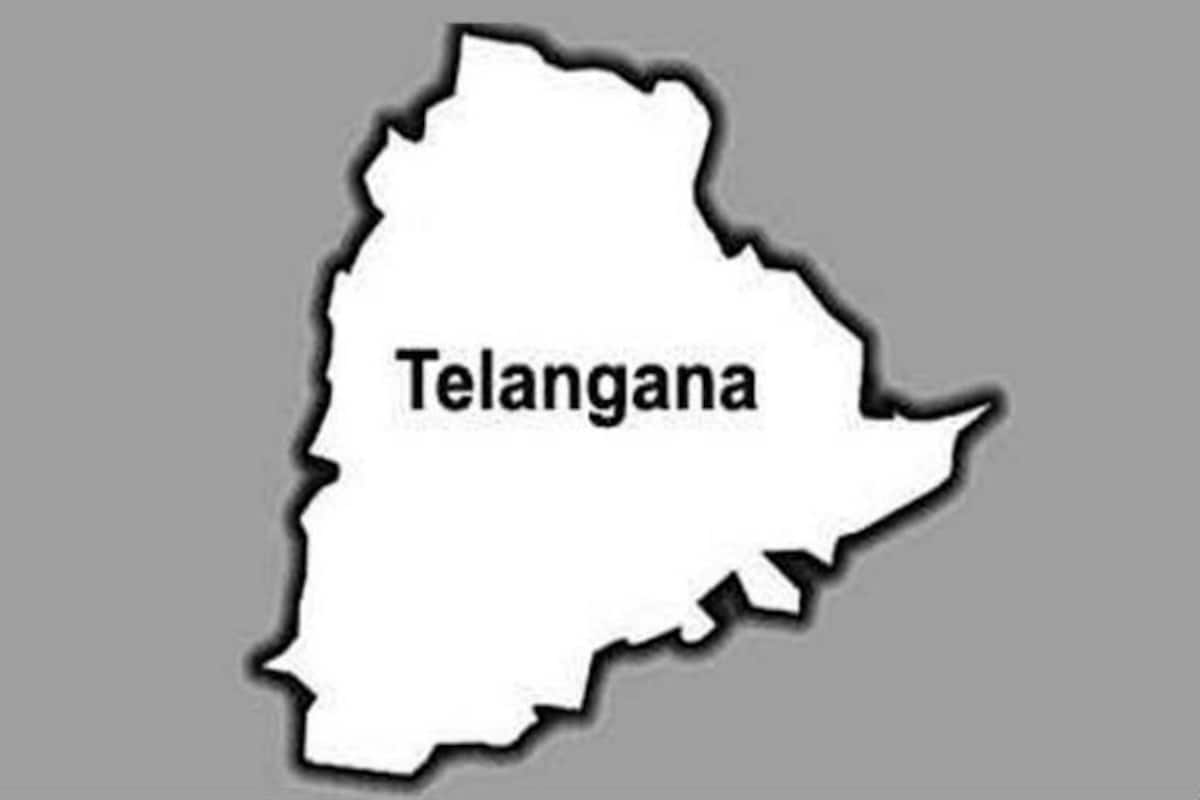





You must be logged in to post a comment.